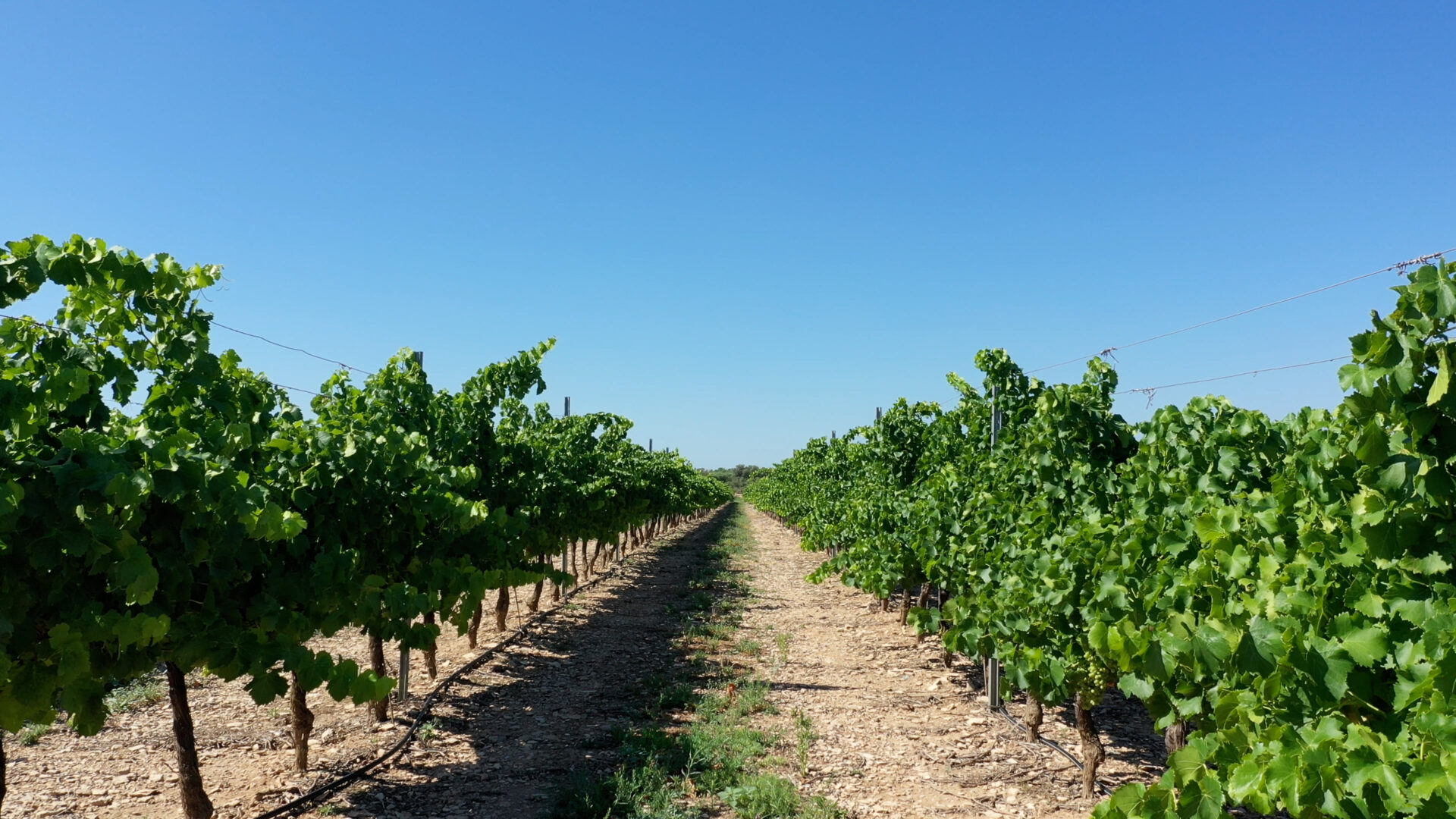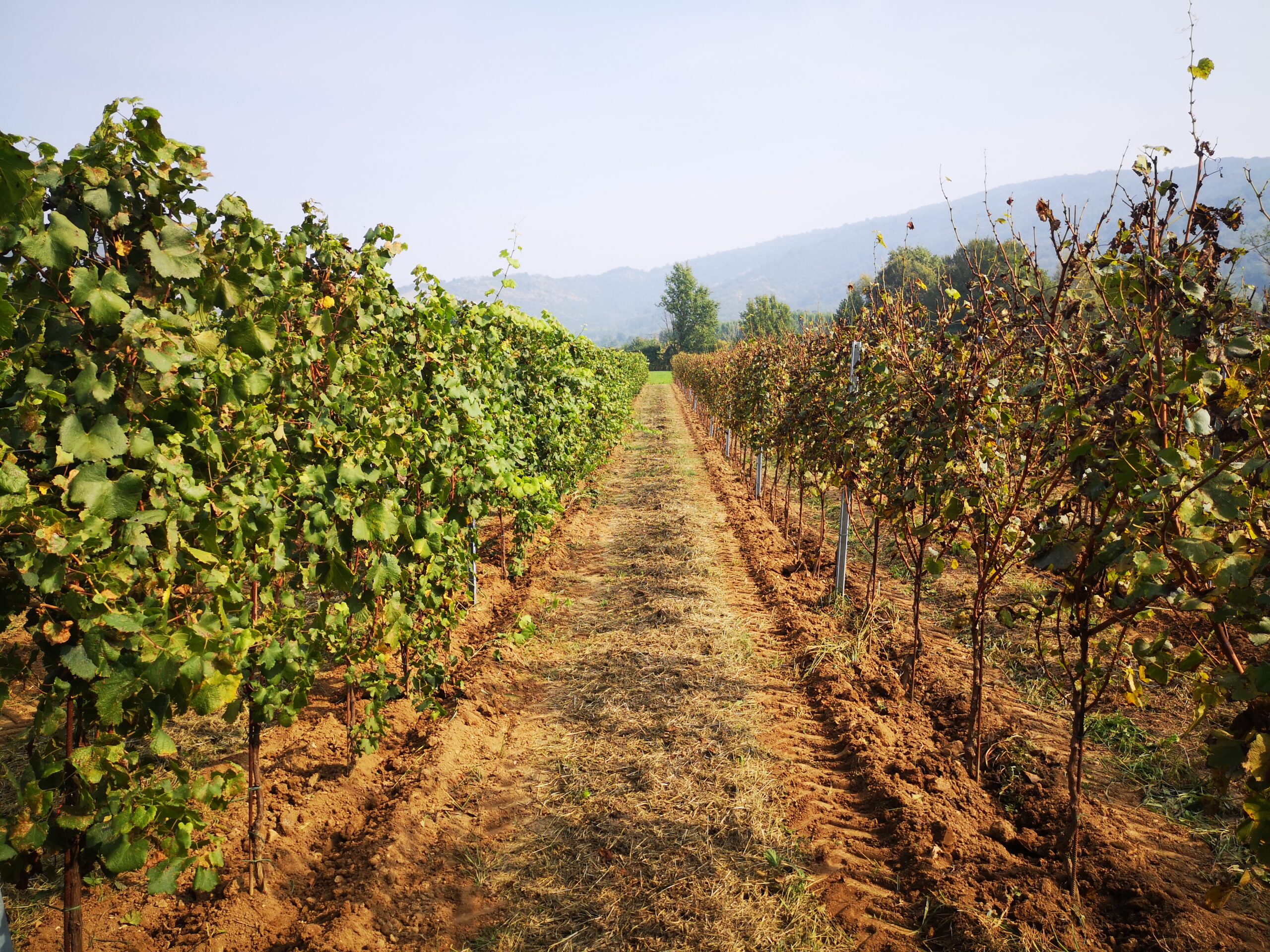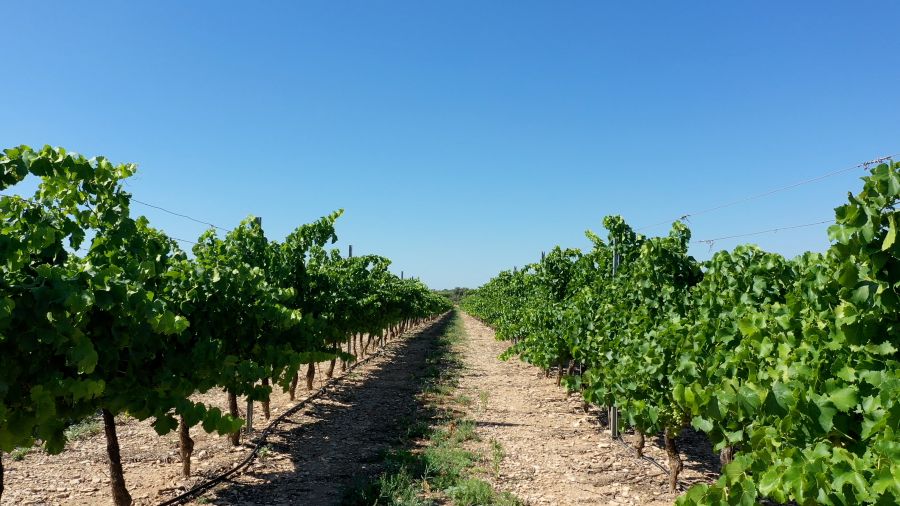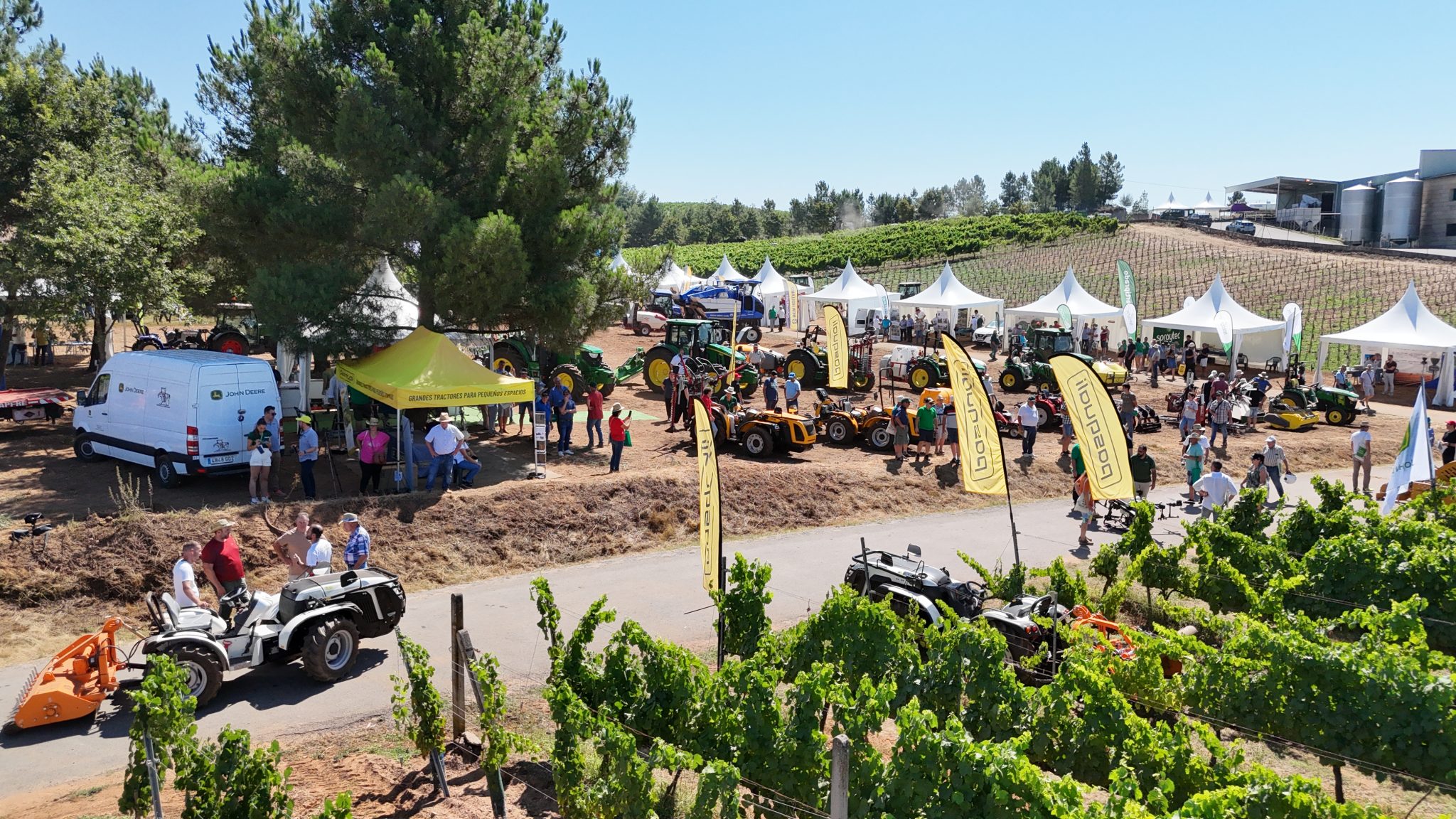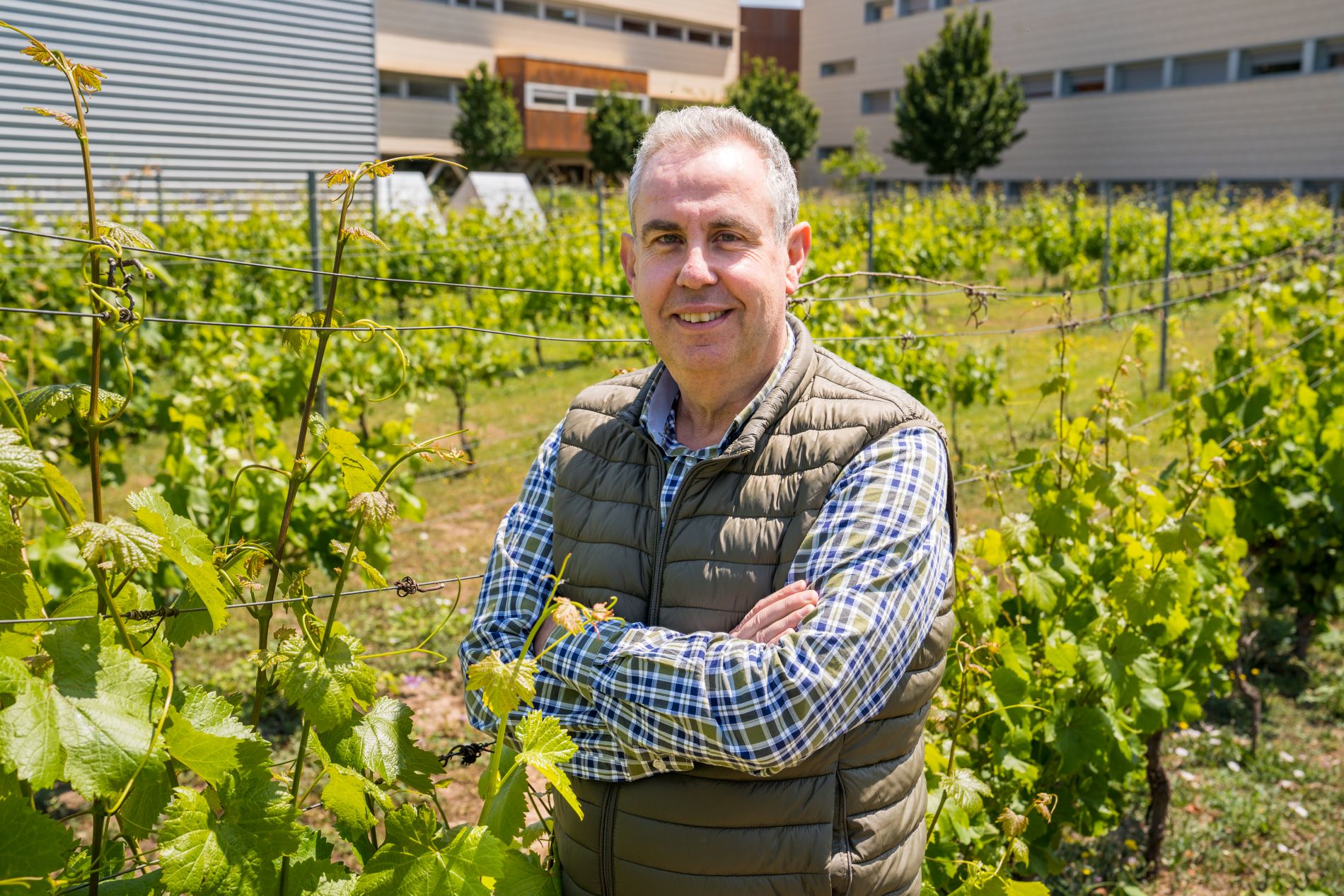You’ve experienced the transformation of grapevine nurseries firsthand. How has the sector evolved since you began your career?
In what way has wine consumption changed?
For years, especially during the 1990s and 2000s, full-bodied red wines with high alcohol content were in fashion. That’s what people liked—especially the younger crowd. But today, it’s almost the opposite.
Nowadays, daily consumption is mostly limited to people over 40 or 50. Younger consumers drink wine mainly on weekends, occasionally, and they tend to prefer white wines, sparkling wines, or frizzantes with lower alcohol content, fresher profiles, good acidity, and easy drinkability. This shift demands a rethinking of the viticulture model: new varieties and new production methods.
What role does climate change play in this transformation?
And what about communication with the consumer?
Sustainability is definitely a hot topic. How does it influence varietal selection?
Significantly. Heavy use of pesticides is no longer acceptable to well-informed consumers. That’s why we’ve worked on developing disease-resistant varieties. In Italy, we’ve already registered 14 new resistant varieties, including Soreli, a fruity white that has been well received by younger consumers.
These varieties can reduce pesticide use by 50% to 80%, depending on the disease pressure in each area. We’re also working on other varieties with dual or triple genetic resistance to downy mildew, powdery mildew, black rot, and even nematode tolerance.
